Vamana Dhauti
How do you keep your Temple clean?
In addition to fasting once a week (and intermittent fasting 5 days a week), another cleansing method I've gotten onto in the past year is a Yogic Kriya called Vamana Dhauti, the practice of drinking and purging a liter and a half of salt water first thing in the morning. Practiced on an empty stomach, it helps to flush out phlegm, mucus, and undigested food particles from the stomach lining (which also removes gas, indigestion and acidity).
In Ayurveda, this practice helps to remove excess Pitta, or fire element. (Vaman / Sanskrit = "to vomit") It is also called vyaghra (Tiger) kriya, just like a tiger vomits its food after a few hours after eating it. If undigested food particles are not removed from the stomach lining, it later creates a sticky yellowish-white substance called ‘Aama’ which can get absorbed in the small intestine & travels in the body through blood. In this way, indigestion can create a number of diseases & toxins in the body.
I started this practice last August, and in October I did it every morning for seven days during my Chi Nei Tsang level one training to open more fluidity and harmony in the organs.
Today I start my Level 2 Chi Nei Tsang training, and I'm continuing with Week 2 of a Kitchari cleanse, paired alongside alternating days of Vamana Dhauti and Jala Neti with colonics to flush the gut system during this very intense week of diving deep into the somatic listening and communication of the organs.
Fasting and cleansing in this way work extremely well for me, but they may not work for everyone. It helps me to regulate my emotions, my ‘cravings,’ my distractions, and helps me with the continual practice of harnessing any dictation from the mind, listening to the needs of my body, and respecting these practices as tools on my belt.
***The practices of fasting and vomiting can be triggering for people with a history of anorexia or bulimia. Please reach out if you want to open a conversation about this***


